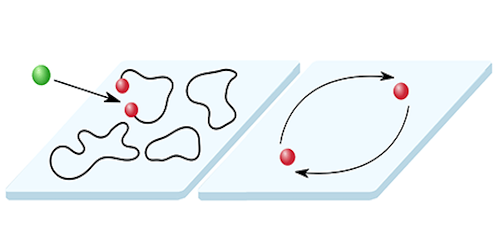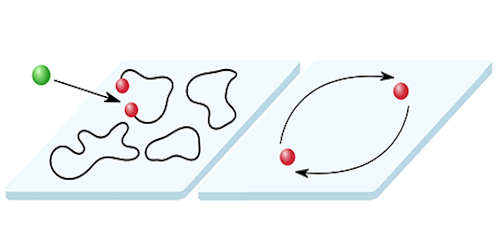How to Spot Anyons
Quantum particles are either fermions or bosons, if they live in three dimensions. Confine them in two dimensions, and they can also be anything between the two types of particle—what Frank Wilczek at the Massachusetts Institute of Technology, Cambridge, dubbed an anyon. While they are relatively simple to describe theoretically, anyons remain hard to spot in experiments. Now a quartet of researchers, including Wilczek himself, says that well-established spectroscopic techniques could provide a simple means to identify anyons. The proposal could help experimentalists discover systems that can host non-Abelian anyons, a class of anyons that is expected to be useful for fault-tolerant quantum computing.
To identify anyons in a material, researchers look for signatures of the particles’ peculiar quantum statistics, which lie between the Fermi-Dirac statistics of fermions and the Bose-Einstein statistics of bosons. They usually do this with particle interferometry and entropy measurements. Both of these measurements, however, are difficult to perform: the interference of anyons is hard to isolate, and the entropies associated with the particles are tiny. Wilczek and colleagues demonstrate that well-established spectroscopic techniques such as neutron scattering could do the job. For neutron scattering, for example, they derive the probability that a neutron of certain energy will produce anyons when it hits a material. They find that, at energies close to the threshold for producing the anyons, the probability contains a clear signature of the particles. Specifically, it follows a power law with an exponent whose value depends on where exactly the anyonic statistics lie between the fermionic and bosonic types.
This research is published in Physical Review Letters.
–Ana Lopes
Ana Lopes is a Senior Editor of Physics.





